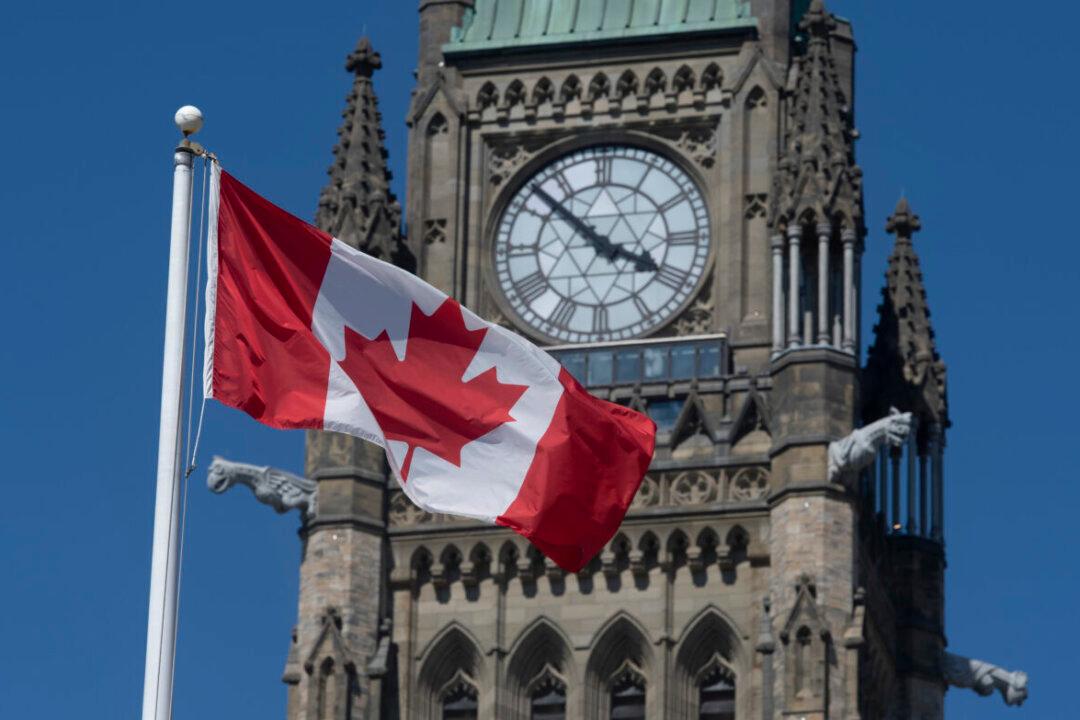OTTAWA—Canada has fully recovered from the pandemic with new lows for unemployment and an improving economic outlook, but it is falling behind the United States in investment and productivity and needs a plan for lowering the national debt, according to the Organisation for Economic Co-operation and Development (OECD).
On March 6, the OECD presented its 2023 economic survey of Canada, which provides a thorough analysis of Canada’s economic performance, fiscal and monetary policy, and recommendations to boost economic growth and productivity. The last OECD economic survey of Canada was done two years ago.





